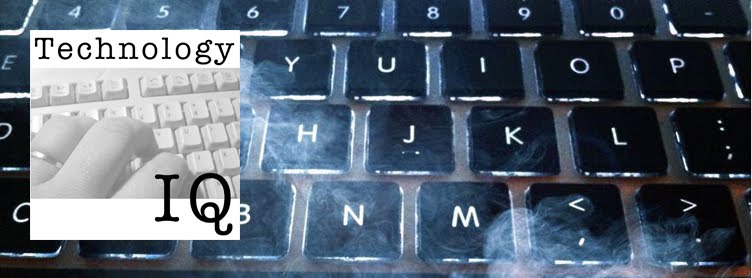Imagine being able to draw out circuits, sew them into clothing, apply to the exterior of common items in your home. Very cool technology and both methods and applications are growing quickly. — Douglas Conductive paint, ink and thread can be drawn, woven or even tattooed into objects like denim jackets, carpeting and leather iPad cases to make them into electrical circuits, adding a new layer of functionality as well as cool-looking graphic patterns. Draw circuits in any shape, create smart objects that interact with apps, and answer your phone while biking by swiping your finger across your sleeve. These 10 projects – some of which are available commercially – show how far conductive designs have come in less than four years. Read Conductive Design: 10 Objects Transformed Into Touch Pads & Circuits via WebUrbanist * A portion of each sale from Amazon.com directly supports our blogs ** Many of these books may be available from your local library. Check it out! An inter
